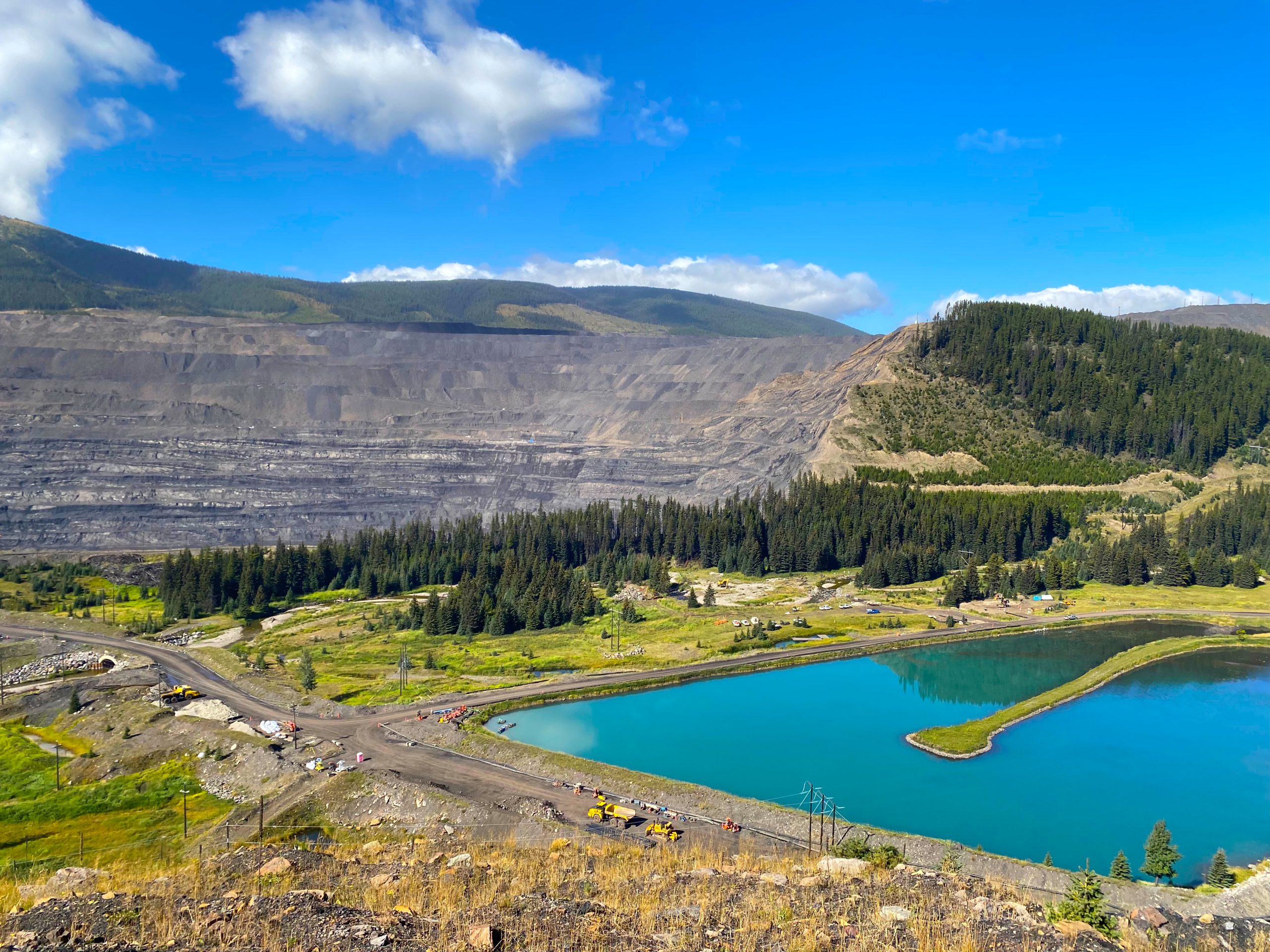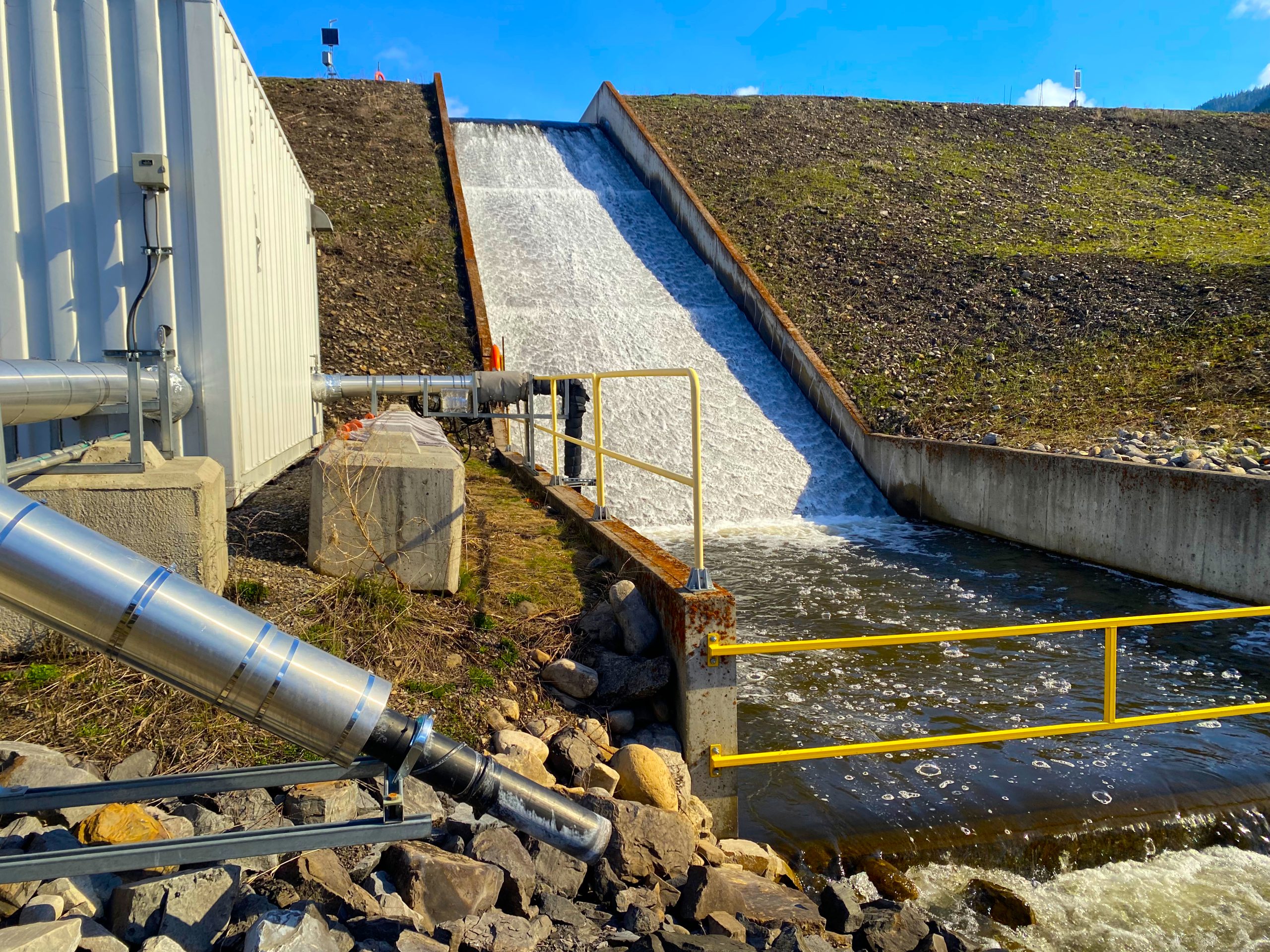| Updated July 2025 The Elk Valley Area Based Management Plan has recently been amended On July 30, 2025, the Minister of Environment and Parks approved the 2025 Elk Valley Water Quality Plan (EVWQP) as the Area Based Management Plan for the Elk Valley. This amended version of the ABMP was developed by ministry staff in accordance with an Order that was issued on July 9, 2024 under the Environmental Management Act. View the 2025 Elk Valley Water Quality Plan here: 2025 EVWQP.pdf View the Minister’s Approval Letter here: Minister ABMP Approval Letter.pdf View the Minister’s Reasons for Decision here: Minister ABMP Reasons for Decision.pdf View the Ministerial Order: Ministerial Order No. M232-2024 Amendment #2 is underway: On June 6, 2025, the Minister issued Ministerial Order No. M162-2025 extending the timeline for planning Phase 2 of the Plan Amendments. Under this Order, the Terms of Reference for Phase 2 must be submitted to the Minister by March 31, 2026. View the order here: Ministerial Order No. M162-2025 Webpage content below is under revision to reflect the newly approved 2025 Elk Valley Water Quality Plan, which has now become the Elk Valley Area Based Management Plan. Learn more about the amendments to the Elk Valley Area Based Management Plan. |
On this page
Elk Valley Area Based Management Plan
Area Based Management Plans
Area Based Management Plans (ABMP’s) in B.C. are developed under the Environmental Management Act.
The plans identify environmental management objectives and strategies to help manage waste discharges in a specific area.
The Elk Valley Area Based Management Plan is being used to manage historic and current waste from multiple mines in the Elk River watershed.
In 2013, the B.C. Minister of Environment issued a Ministerial Order to Teck Coal Ltd. (Teck), owner of the active coal mines in the Elk Valley.
Teck was ordered to develop an Area Based Management Plan (ABMP) for the Elk Valley to:
- Improve water quality
- Guide future mine development
When developing the plan, called the Elk Valley Water Quality Plan, Teck:
- Engaged with key stakeholders
- Consulted with a technical advisory committee
- Compiled and assessed current science and technology
- Used impact assessment, risk assessment and planning tools
- Identified water quality targets at sites throughout the watershed
- Developed a water management and treatment strategy to meet the water quality targets
EVR’s Elk Valley Water Quality Plan (EVWQP), was completed and approved in 2014.
The plan identifies long term water quality targets throughout the watershed and describes the actions Teck will take to achieve the plan goals and meet water quality targets. The plan also includes commitments to:
- Research and develop more water quality management options
- Monitor water quality and aquatic health
- Manage adaptively so that the latest data and science is being considered
- Report and consult with stakeholders and the public
Elk Valley Water Quality Plan goals

The Elk Valley Water Quality Plan is a strategy for managing water quality at a watershed scale. It includes historic and current waste from multiple mines in the region. The plan protects the overall health of larger aquatic ecosystems in the Elk River watershed.
The Elk Valley Water Quality Plan informs ongoing decisions and actions to improve water quality in the Elk Valley. The Minister of Environment has required that all the ministry’s permitting and regulatory decisions in the Elk Valley are informed by the plan.
Targets
The targets in the Elk Valley Water Quality Plan allow for higher amounts of certain mining-related substances in some parts of the watershed. Scientific assessments showed that ecosystems at a regional scale will still be protected. Additionally, local effects could be monitored and responded to. The benefits and risks of this approach were comprehensively evaluated.
By establishing targets that reduce over time, the plan is designed to improve water quality in the Elk Valley. The plan relies on new treatment technologies to address historical impacts and to ensure that new impacts are avoided or treated at the start. It also commits to better controlling the sources of substances that may be harmful to the environment.
Learn more about Targets, including how they were set and the levels that were chosen.
Adaptive management
When the Elk Valley Water Quality Plan was approved, it was recognized that the strategies in the plan would need to adapt and respond to new information. The plan includes an adaptive management program to support ongoing improvements.
Learn more about the adaptive management approach.
Elk Valley Permit 107517
Waste discharge permits
Waste discharge permits are legal instruments that are issued by the ministry under the Environmental Management Act.
Permits authorize the discharge of waste into the environment, subject to terms and conditions related to:
- Generation and handling of waste on a site
- Where and how waste is discharged to the environment
- Quality and quantity limits on waste
- Types and amounts of waste released
- Environmental monitoring where the waste is released
Following approval of the Elk Valley Water Quality Plan, key commitments and requirements were incorporated into a new valley-wide waste discharge permit.
Permit 107517 was issued to Teck in 2014. Teck is legally required to comply with the requirements of this permit . Through the permit, compliance and enforcement actions can be used to make sure that the strategies proposed in Teck’s water quality plan are implemented.
Permit 107517 applies to all of Teck’s mines in the Elk Valley. It sets water quality limits for selenium, nitrate and sulphate at locations throughout the watershed.
These limits decrease over time to make sure water quality improves.
Types of limits in Permit 107517
Site Performance Objectives
Targets from the Elk Valley Water Quality Plan were translated directly into Permit 107517 as Site Performance Objectives.
The objectives are based on scientific studies and their levels are set to protect specific species and ecosystems. They help track if the overall goals of the plan are being met.
Site Performance Objectives need to be met at 7 locations throughout the watershed. The locations are called Order Stations.
Order Stations are located in the rivers where water from mines and rivers have mixed and the effects must be managed.
Compliance Limits
The Site Performance Objectives informed the development of Compliance Limits using mathematical models.
The models predicted how much of each substance at the Order Stations came from each upstream mining operation. Limits were established for each substance for each mining operation using these predictions.
Compliance limits are used to regulate the amount of each substance released by a mine site. They show if management actions, such as water treatment, are working as intended. If limits are met, it’s expected to result in the Site Performance Objectives also being met at the Order Stations.
Compliance Limits apply at 7 Compliance Points downstream of the mine sites.
If any of these limits are exceeded, Teck must report to the ministry and enforcement actions may occur. Inspections by ministry staff are also used to verify achievement of the limits.
Key Permit Requirements
In Permit 107517, Teck must comply with over 175 pages of detailed legal requirements. This is in addition to the requirements of Teck’s other mine-specific authorizations and permits. Together, these legal requirements provide the most advanced and comprehensive regulatory regime in B.C. for managing waste.
Permit 107517 is regularly reviewed and updated based on new information.
Key requirements from the Elk Valley Water Quality Plan which are incorporated into Permit 107517:
Water quality limits
The Elk Valley Water Quality Plan established short, medium and long-term water quality targets for:
- Selenium
- Nitrate
- Sulphate
- Cadmium
- Calcite
The permit defines limits that are based on these targets.
Teck is legally required to meet water quality limits at 7 Order Stations and 7 Compliance Points.
Calcite is also regulated using Site Performance Objectives that apply to areas that are fish habitat.
Water quality planning
The 2014 Elk Valley Water Quality Plan included a water management and treatment strategy describing how Teck intended to meet the water quality targets.
This strategy was called the Initial Implementation Plan. Permit 107517 requires Teck to update this plan every 3 years through Implementation Plan Adjustments (IPA) to ensure the treatment strategy considers the latest science and treatment technology.
The most recent IPA was submitted in the summer of 2022.
Water quality modelling
Water quality planning is supported by the Regional Water Quality Model. The initial water quality model was developed in 2014 to support development of the Elk Valley Water Quality Plan.
Teck’s model describes:
- How water interacts with mine sites (for example, rain or snow)
- The processes that release substances from rocks
- How the substances move into and through the environment
The model uses local monitoring data to ensure it represents conditions in the Elk Valley. It predicts how historic, current and future mining, including treatment, will affect water quality in the Elk Valley.
Consistent with water quality planning, Permit 107517 requires the model to be updated every 3 years based on the latest science and monitoring data.
Monitoring
Permit 107517 requires Teck to monitor:
- Surface water quality
- Surface water flow
- Groundwater
- Sediment
- Aquatic life
The design, implementation and results of these programs are regularly reviewed by an Environmental Monitoring Committee to help ensure they meet the needs of the Province and First Nations.
Program results and committee recommendations provide valuable information on whether the Elk Valley Water Quality Plan is working and how to adapt to changing conditions and new information.
The Monitoring and Assessment section provides a detailed summary of monitoring in the Elk Valley and the Environmental Monitoring Committee.
Adaptive Management
The Elk Valley Water Quality Plan and Permit 107517 are intended to be responsive to new information. This is achieved through an Adaptive Management Plan. The plan requires Teck to continue investigating key topics related to understanding and managing water quality in the Elk Valley. It also creates a framework for identifying and responding to unexpected findings.
Permit 107517 requires Teck to implement the Adaptive Management Plan and to report on new information and adjustments being made by submitting:
- An annual report that summarizes all current activities under the Adaptive Management Plan
- An Adaptive Management Plan update that’s prepared every 3 years
Work conducted by Teck under the Adaptive Management Plan is reviewed by the Environmental Monitoring Committee.
Reporting
Permit 107517 requires Teck to submit reports to the B.C. government, including:
- All water quality results submitted to the ministry’s Environmental Monitoring System database on a quarterly basis so the data is publicly available
- Notification and reporting of any non-compliances with permit requirements
- Quarterly and annual reports on permit-required monitoring results
- Annual report summarizing all toxicity test results
- Annual groundwater monitoring program report
- Annual reports on results from all local monitoring programs
- 3-year comprehensive report on regional aquatic effects monitoring program results
- Annual calcite monitoring report
- Annual report summarizing monitoring activities and results from Koocanusa Reservoir
- 3-year water quality modeling report
- Annual report documenting activities and results of the selenium speciation monitoring program
Many of the other plans and programs from the permit also have separate reporting requirements.
All of these reports are publicly available.
Research and development
Permit 107517 requires Teck to have a research and development program to investigate and test strategies for:
- Preventing contamination at the source
- Improving water treatments
Treatment of selenium and other substances generated by coal mining is still an emerging science.
Teck continues to develop and test water treatment technologies and other strategies for reducing the impacts of coal mining on the environment.







